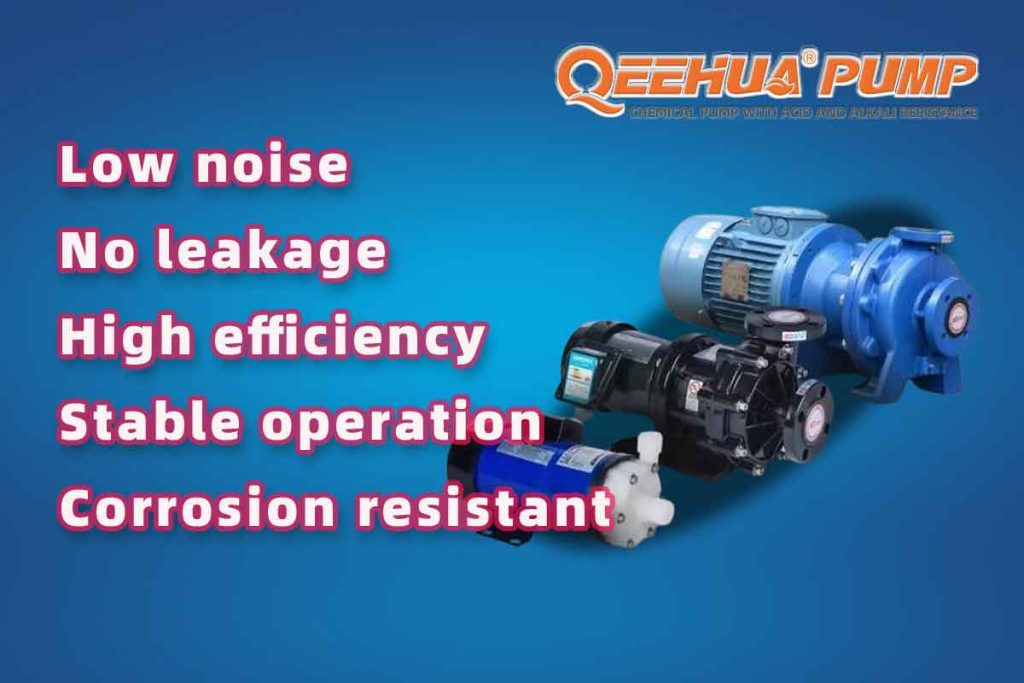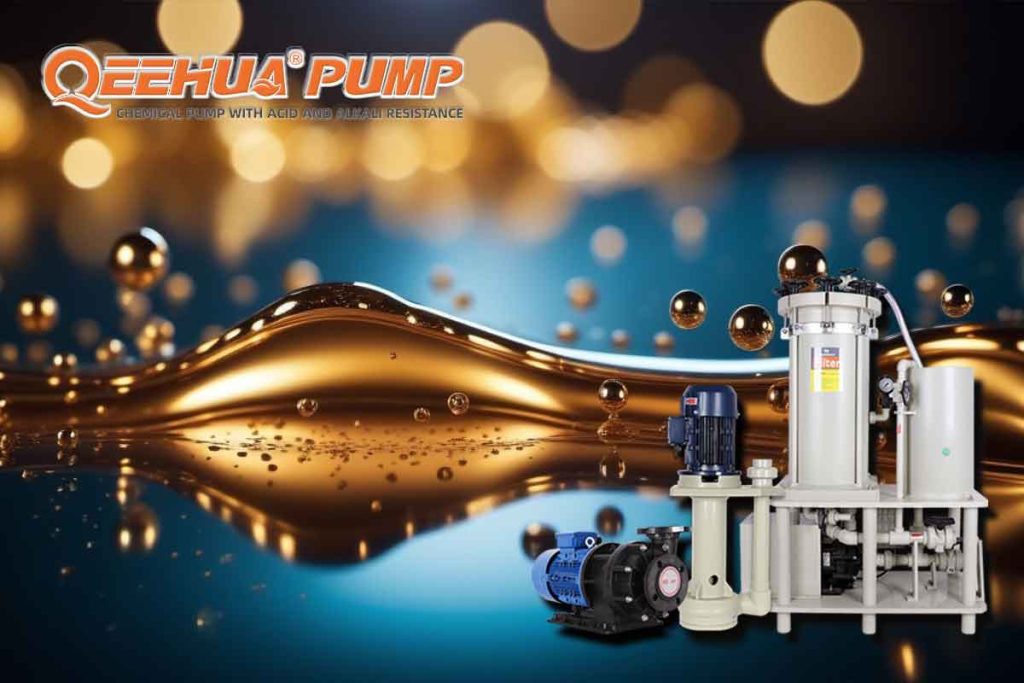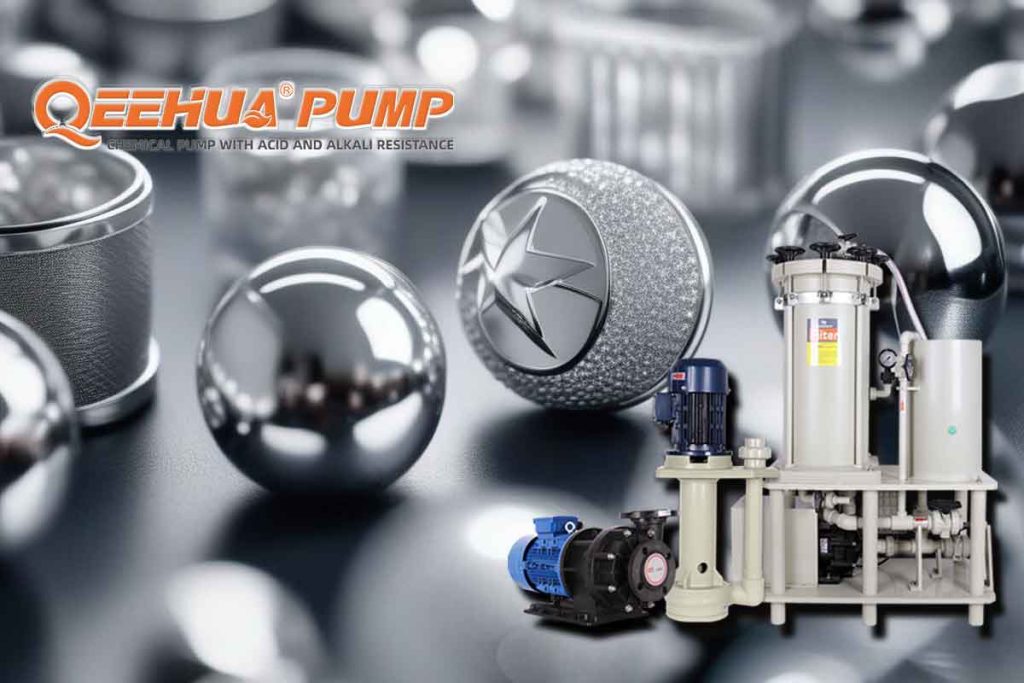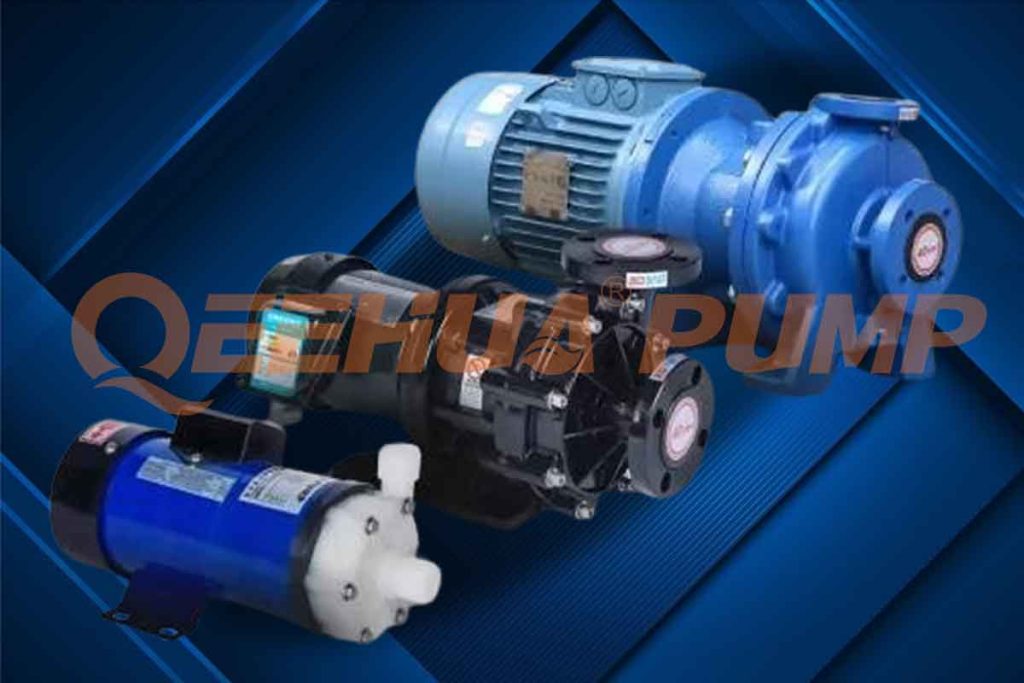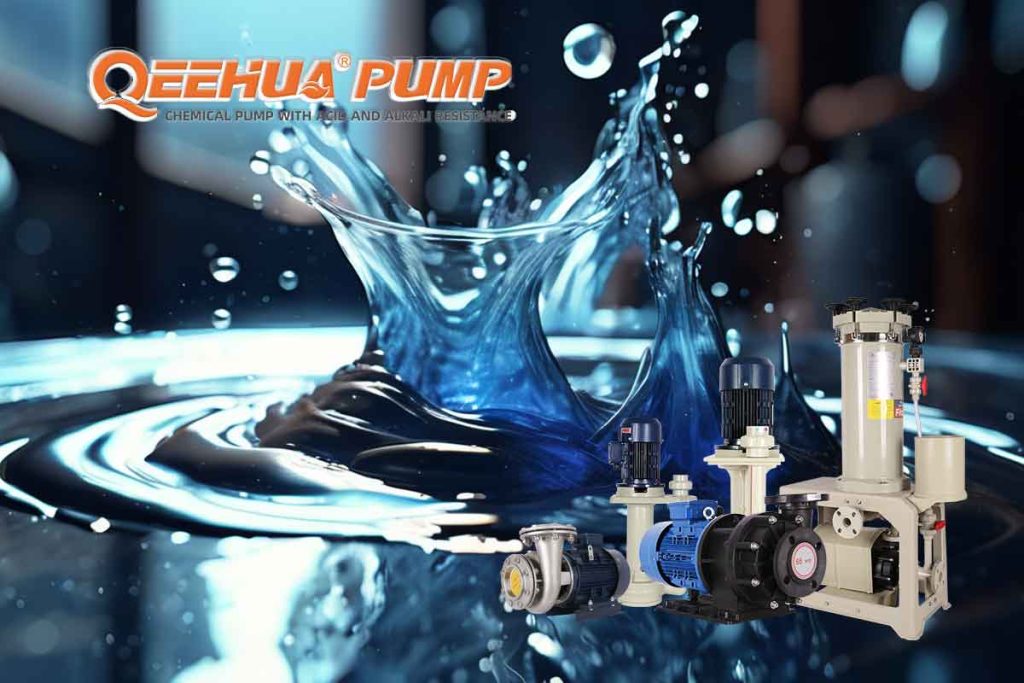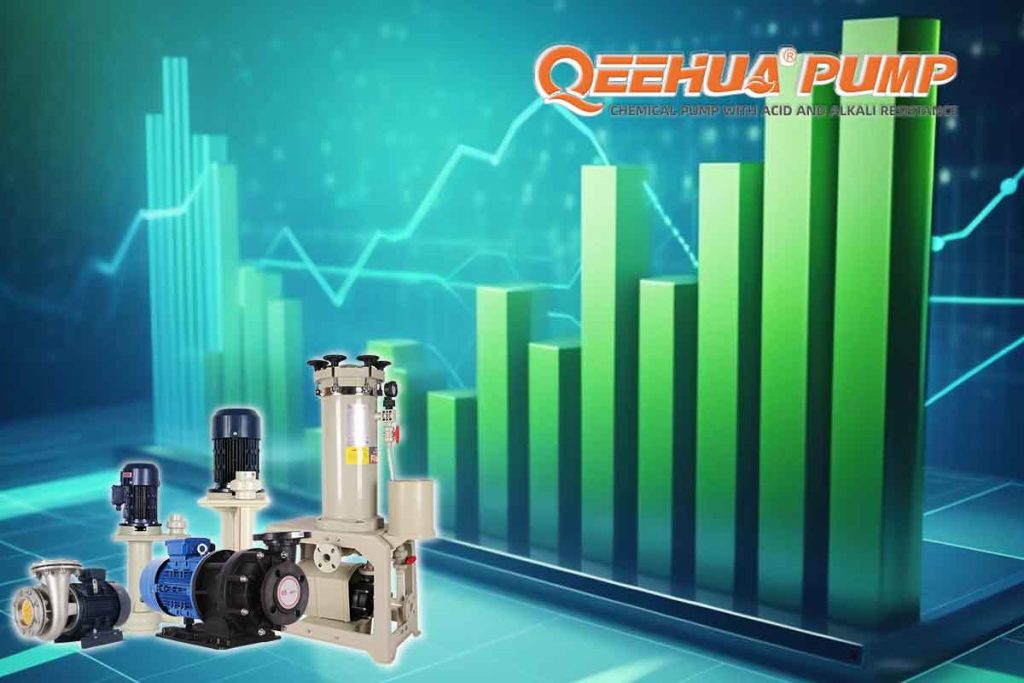Magnetic Drive Pumps
Magnetic drive pumps use magnetism to create a seal between the motor and impeller without the need for conventional shaft seals. This design prevents leakage and contamination, making them an ideal choice for handling corrosive or hazardous liquids in various industries.
Effect of Temperature on Magnetic Drive Pumps
Temperature is an important factor that impacts the performance and reliability of magnetic drive pumps. The two primary components of a magnetic drive pump are the motor and magnetic coupling.
Relationship Between Magnet Strength and Temperature
The magnetic coupling consists of two magnets, one on the motor shaft and one on the impeller, separated by an isolation sleeve. As temperature rises, magnets will lose strength. Sizing factors can be used to compensate for this by oversizing the magnet dimensions to fully transmit the required torque of the pump. Neodymium magnets are commonly used but samarium cobalt magnets may be considered for applications requiring higher temperature ranges as they perform more stable at elevated temperatures.
Consequences of Magnet Failure
If the magnets lose sufficient strength and the required torque exceeds their transmission capacity, the magnets will decouple. This will cause the drive magnet to continue rotating while the driven magnet remains stationary, ultimately resulting in permanent demagnetization of the magnets affecting normal operation of the pump.
Motor Temperature Range and Considerations
The temperature range of a motor is clearly defined by the instruction manual and nameplate ratings. The most common ambient working temperature range for general industrial motors is -20°C to 40°C, which aligns with common industrial applications. While the environmental working temperature of a motor is typically limited to 40°C in most cases, motor components like windings are designed to get hotter under full load working conditions. The difference between the environmental temperature and average winding temperature at full load is called the temperature rise. Heat losses from the power supplied to the motor are unavoidably dissipated, and heavy or inefficient motors may exceed 105°C temperature rise within the F class insulation system’s permissible temperature rise.
Running motors in cold and freezing conditions brings additional concerns, while overheating remains a major risk. Overheating could occur if the ventilated motor housing becomes covered with ice or snow. Overheating may also result from overload conditions or pushing the motor into a higher service factor. For operators, continuing to follow normal motor operation guidelines is very important even in cold weather.
How to Select a Magnetic Drive Pump Suitable for the Temperature Environment
When selecting a magnetic drive pump, the temperature of the application environment should be considered. If the application environment temperature is above 40°C, a pump with a motor and magnetic coupling rated for higher temperature ranges should be selected. Consulting with QEEHUA PUMP professionals is recommended prior to purchase.
Conclusion
Temperature is an important factor impacting the performance and reliability of magnetic drive pumps. The application environment temperature should be considered when selecting a magnetic drive pump, and a pump with a motor and magnetic coupling suitable for the temperature range should be chosen.



